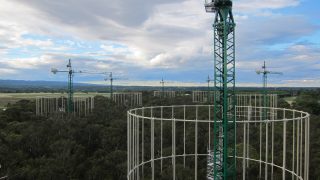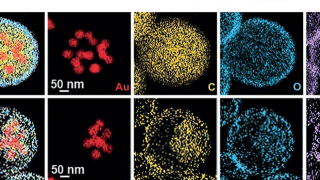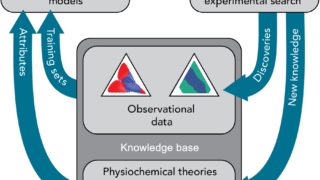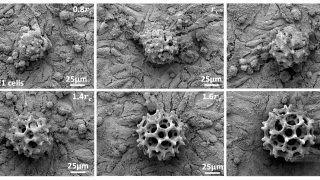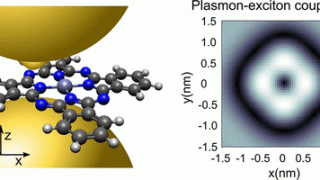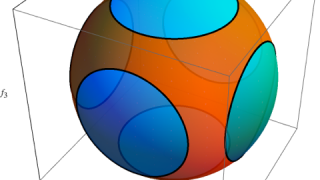
Metals, teeth and autism
Little children with autism have more lead and less zinc and manganese than children of the same age without autism. The study has been published in the journal Nature Communications and has been carried out by a team from the National Institute of Environmental Health Sciences (NIEHS), part of the National Institutes of Health (NIH) […]
